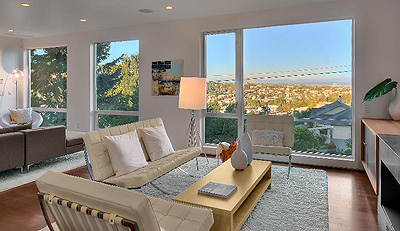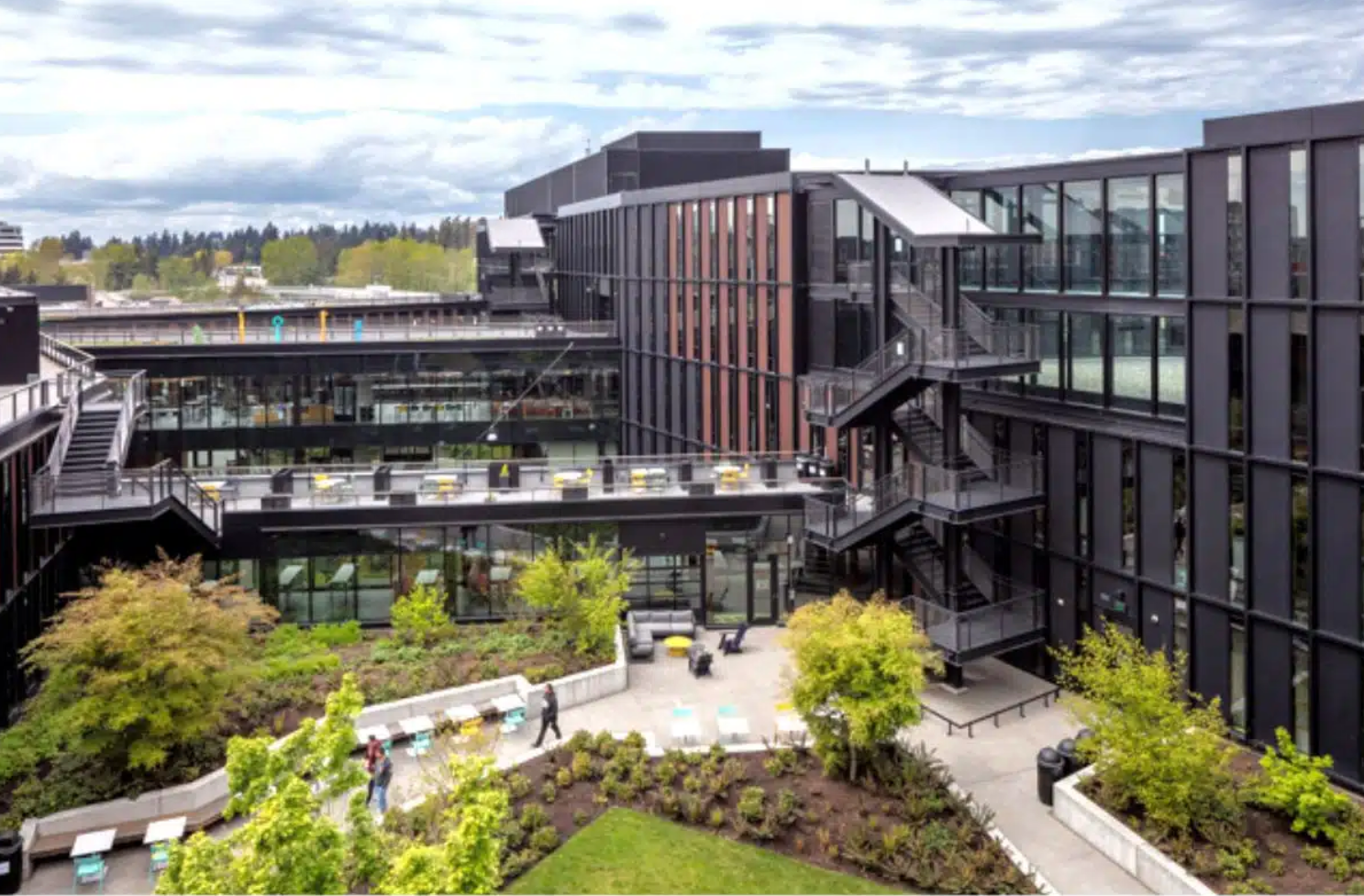Few features can so dramatically enhance the look and feel of your home as a new set of patio doors. They can let in more natural light, improve air circulation and establish an inviting pathway to outdoor decks and patios. There are a variety of options you’ll want to consider. First, lets examine the pros and cons of the three most common types of doors.
Looking to buy patio doors? Click the link
What patio door style is best for you?
French doors (also known as hinged doors) typically consist of one or more framed, glass panels that swing open from the center. “French doors can transform a room,” Karin Mangan writes for Old House Web, “they let in natural light (and) can increase the sense of space even when the doors are closed. When the weather is warm, open the doors to expand your living space, make the most of your garden or patio, and allow fresh air to circulate in your home.”
Sliding glass doors (also known as gliding doors or bypass doors) consist of two or more framed, glass panels that slide on hidden rollers. They are extremely popular and easy to maintain. They require less space than swinging doors, and they have simple lines that give a room a sleek, contemporary look.
Folding patio doors are divided into sections that slide on an overhead rack, meaning each segment folds like an accordion. They are available in several configurations, ranging from two to eight leaves.
Now choose your materials
Once you’ve figured out what type of door you want to install, you need to choose the type of material you want your new investment to be made from. The common options are wood, vinyl, aluminum, steel or fiberglass. Let’s look at a few pros and cons of each.
Wood Patio Doors
Wood provides an elegant, traditional look for your patio door, and there are a variety of species – fir, pine and mahogany, etc. – with various grains and colors that contribute to their unique appearance. However, they can be among the more expensive options, and wooden doors need to be carefully maintained to avoid being damaged by the elements.
Clad-wood Patio Doors
This is like adding a suit of armor to protect your wooden doors. During the cladding process, a strong layer of metal is placed over wood, providing extra protection and reducing the need for painting and other maintenance.
Vinyl Patio Doors
Vinyl doors provide a less expensive and more energy efficient option. They withstand the elements well and require less upkeep since there is no need to worry about rotting or corroding. However, extreme temperature shifts can lead to cracking or warping.
Steel Patio Doors
Steel frames may not be quite as stylish as wood, but they are typically less expensive and built to last. This sturdy material won’t warp from prolonged exposure to moisture or extreme temperature changes. They are designed to resist corrosion, but there can be problems if your door’s protective layer is scratched or otherwise breaks down.
Aluminum Patio Doors
These frames are quite sturdy, like steel, but with the advantage of being much lighter. Like vinyl, they are relatively inexpensive and require minimal upkeep. However, they can be dented more easily than steel, and there can be similar issues with corrosion.
Fiberglass Patio Doors
Fiberglass is a glass-based material, but it’s often difficult to tell since it can be designed and painted to mimic wood. These doors are energy efficient and require very little maintenance.


